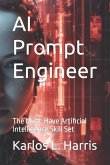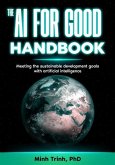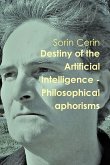Foreward by Tierny Thys, National Geographic Explorer and educator. Contents created by a global community of 50 AI researchers and engineers, the book is chock full of details of 15 different AI systems for environmental projects including sustainable forestry, fire fighting, toxic algae bloom predictions, sewage and water treatment, etc. Each chapter comes with a Q/A to engage discussion about the material. The book serves as a jumping off point to speed up the creating of AI systems for environment and climate infrastructure and is suitable for community and educational discussions/classes in Sustainability. The book also provides evidence that Hybrid AI technology now exists that supports infrastructure related to environment and climate change. Book edited by AI researcher and author Dr. Cindy Mason, who first proposed the idea to bring AI and Environment together at an international AI conference in Montreal, Canada. Graphics and cover design Cat Schaad and Cindy Mason.








